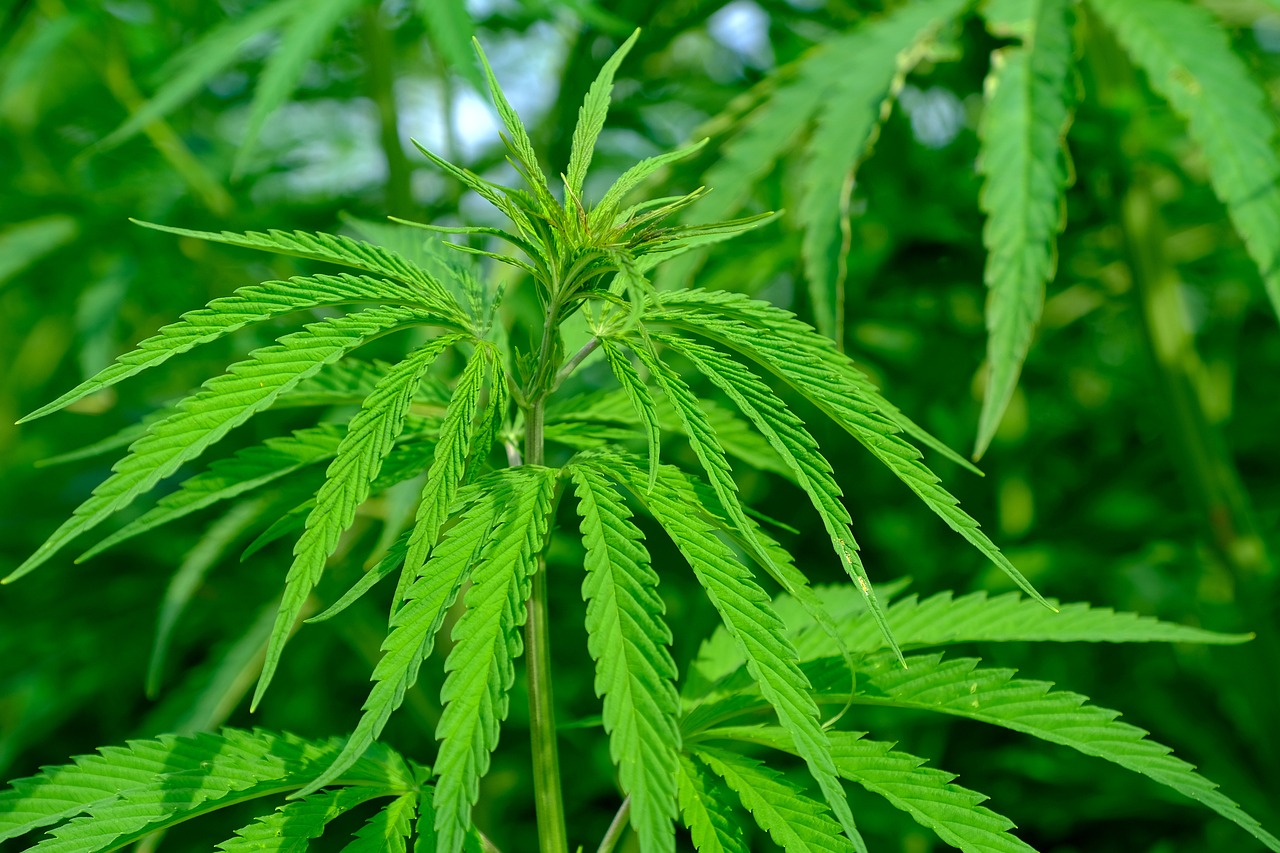The world of cannabis is vast and intricate, with numerous compounds contributing to its effects and benefits. One such compound is THCA, or tetrahydrocannabinolic acid, which is gaining attention for its potential therapeutic properties. This article explores the journey of THCA from its origins in the cannabis seed to its final form on the shelf, ready for consumer use.
Understanding THCA: The Basics
Top THCA flower products is a non-psychoactive cannabinoid found in raw and live cannabis. Unlike THC, which is known for its psychoactive effects, THCA does not produce a high. Instead, it is believed to offer a range of health benefits, including anti-inflammatory, neuroprotective, and anti-emetic properties. As interest in cannabis-based therapies grows, so does the focus on THCA and its potential applications.
The Cultivation Process: From Seed to Plant
The journey of THCA begins with the cultivation of cannabis plants. The process involves several stages, each crucial for the development of high-quality THCA-rich cannabis.
- Seed Selection: Choosing the right seeds is the first step. Growers often select strains known for their high THCA content, such as certain indica or sativa varieties.
- Germination: This stage involves sprouting the seeds to produce seedlings. Proper conditions, including moisture and warmth, are necessary for successful germination.
- Vegetative Growth: Once seedlings are established, they enter the vegetative phase. During this time, plants require ample light, nutrients, and water to develop strong stems and leaves.
- Flowering: The flowering stage is when cannabis plants produce buds rich in cannabinoids, including THCA. Light cycles are adjusted to encourage flowering, and careful monitoring ensures optimal growth.
Harvesting and Processing: Maximizing THCA Content
After the flowering stage, the next step is harvesting the cannabis plants. Timing is critical, as harvesting too early or too late can affect the THCA content.
- Harvest Timing: Growers often use magnifying tools to examine trichomes, the resin glands on cannabis buds, to determine the ideal harvest time.
- Drying and Curing: Post-harvest, cannabis is dried and cured to preserve its cannabinoid profile. This process involves controlling temperature and humidity to prevent mold and degradation.
- Extraction: To isolate THCA, various extraction methods are employed, such as CO2 or ethanol extraction. These techniques help concentrate THCA while removing unwanted plant material.
Product Development: From Raw Material to Consumer Goods
Once THCA is extracted, it can be incorporated into a variety of products. The development process involves formulating products that retain the benefits of THCA while ensuring safety and efficacy.
- Formulation: THCA can be infused into oils, tinctures, capsules, and topicals. Each product type requires specific formulation techniques to maintain stability and bioavailability.
- Testing and Quality Control: Rigorous testing is conducted to verify the potency and purity of THCA products. This step is vital for consumer safety and compliance with regulations.
- Packaging and Labeling: Proper packaging protects THCA products from light and air, which can degrade cannabinoids. Accurate labeling provides consumers with information on dosage and usage.
Case Studies: Successful THCA Products
Several companies have successfully brought THCA products to market, showcasing the compound’s versatility and appeal.
- Case Study 1: A wellness brand developed a THCA tincture aimed at reducing inflammation and pain. The product gained popularity among consumers seeking natural alternatives to traditional pain relief methods.
- Case Study 2: A skincare company launched a THCA-infused topical cream designed to soothe irritated skin. The product’s success highlighted the potential of THCA in the beauty and wellness industry.
The Future of THCA: Trends and Innovations
The cannabis industry continues to evolve, with new research and innovations shaping the future of THCA products. Emerging trends include the development of nanoemulsion technologies to enhance THCA absorption and the exploration of THCA’s potential in treating neurological disorders.
As consumer interest in cannabis-based therapies grows, the demand for THCA products is expected to increase. Companies that prioritize research and development will likely lead the way in bringing innovative THCA solutions to market.
Conclusion
The journey of THCA from seed to shelf is a complex process that involves careful cultivation, precise extraction, and thoughtful product development. As research into THCA’s benefits continues, its role in the cannabis industry is poised to expand. By understanding the intricacies of THCA production, consumers and industry professionals alike can appreciate the value of this unique cannabinoid.
